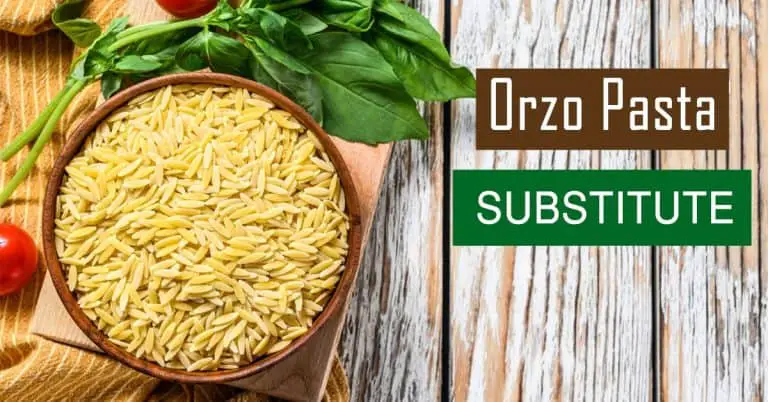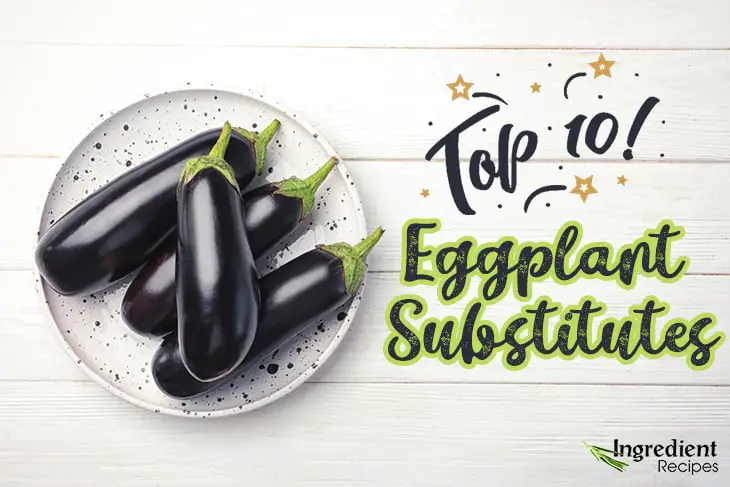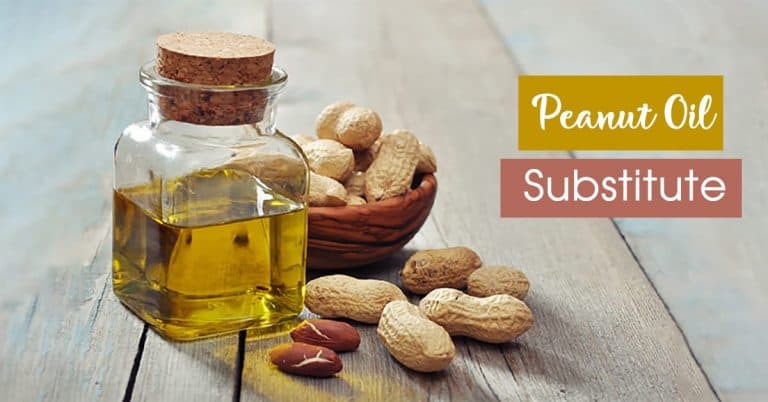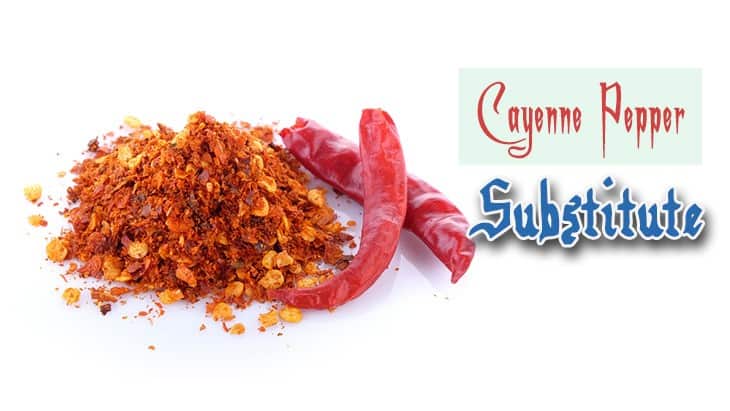
Are you finding the best substitute for kidney beans? If yes, you have landed in the right place.
We come across kidney beans in many dishes like salads, sauces, chilies or recipes in which they serve as a garnish. People love them for their high-protein content that comes in handy in vegetarian meals.
What if you can’t put your hand on these nutritious beans? Worry not! We are here to help with 12 proper alternatives that you can try. Keep scrolling down and take your pick.
Top 12 Options For Kidney Bean Substitution
There are many kidney bean substitutes out there, but we find these 12 ingredients most likely to bring out a similar taste to kidney beans.
1. Black Beans

Black beans are the staple in many diets of South America and southern Mexico. Coming with a kidney shape, we can say these beans are miniature kidney beans but in a black shade.
Besides, their high-fiber and protein index also makes them an excellent substitute for kidney beans. The presence of black beans will add a Latin hint with a sweet and meaty flavor to your dish.
Thanks to their creamy texture, you can swap kidney beans for them in casseroles, soups, or stews. These black beans also pair well with poultry and pork. Otherwise, you can incorporate them in salads or cereals for an easy and healthy breakfast.
Black beans’ fiber-rich content makes them a perfect choice for combating diabetes, obesity, and promoting weight loss.
Also, they come with an abundant number of minerals, including magnesium, potassium, and calcium. These elements can naturally lower blood pressure, which is the key factor in reducing the risk of heart disease.
2. Cannellini Beans
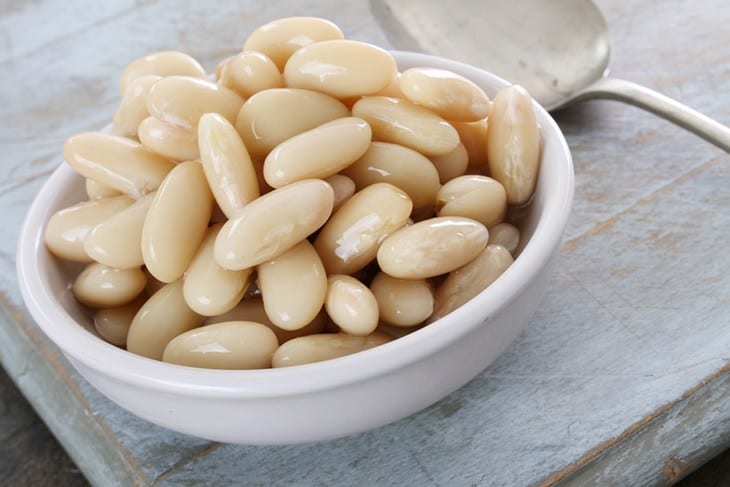
Cannellini beans are originally from Italy. Coming with a kidney shape and a comparable size, cannellini beans are referred to as the white variant of kidney beans. That’s why we put them on this list.
They deliver an ivory skin with a nutty and creamy texture, making them a perfect alternative for kidney beans in salads, soups, or many Italian dishes like pasta and bruschettas.
Because they are packed with protein, you can also try some meatless “meatballs” from cannellini beans for a vegetarian dish. But the bean coat is rather tough, so remember to soak them in water for at least five hours for the best result.
Cannellini beans are a protein powerhouse. Only ¼ serving contains 11 grams of protein. Plus, the fat-free property makes them a good friend for those on a diet. The best part is that they contain antioxidants and vitamin C to boost your immune system and fight off illness.
3. Anasazi Beans
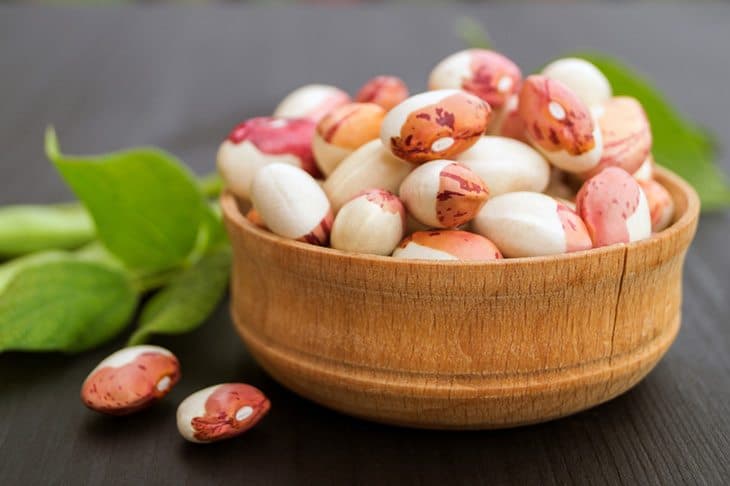
Anasazi beans are ancient heirloom beans and are commonly used in Latin and Mexican cuisine. These beans come with a gorgeous burgundy spotted with milk-color speckles.
Their meaty flavor and high-fiber content can somewhat replace kidney beans in a pinch. However, they will deliver a sweet kick to your dishes.
You can use them in recipes calling for kidney beans such as soups, stews, or hot chilies. Making Mexican-style Anasazi beans as a side dish to serve with rice is also a must-try.
Packed with a variety of minerals like iron, calcium, and potassium, these beans are linked to many health benefits. Iron helps produce hemoglobin – a substance in red blood cells enabling them to carry oxygen to the lungs.
Meanwhile, calcium supports bone health and potassium aids in lowering water retention and blood pressure.
4. Red Beans
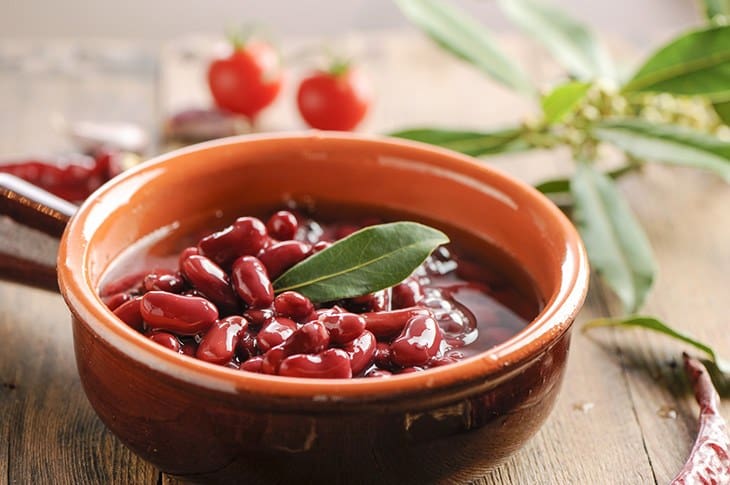
Red beans, also known as adzuki beans, are widely grown in East Asia and pop up in many Asian recipes. These beans share the same red color, though with a different shade, and protein level with kidney beans, allowing you to use them interchangeably.
Their nutty taste and sweet touch can properly take the place of kidney beans in salads, soups, stew, and chilies. But the sweetness enables them to work well with desserts as well.
You can make brownies or red bean paste for the center of mochi or cakes. Otherwise, simply cooking a sweet soup with adzuki beans helps you get away from hot summer days.
Before cooking, remember to soak the beans in water for about 1-2 hours. This step not only gets rid of some indigestible sugars but also reduces the cooking time and leaves a creamier texture.
The dietary fiber in red beans supports digestive health and lowers blood pressure. Not to mention, their cholesterol-free feature is ideal for lowering the risk of heart disease and type 2 diabetes.
5. Pinto Beans
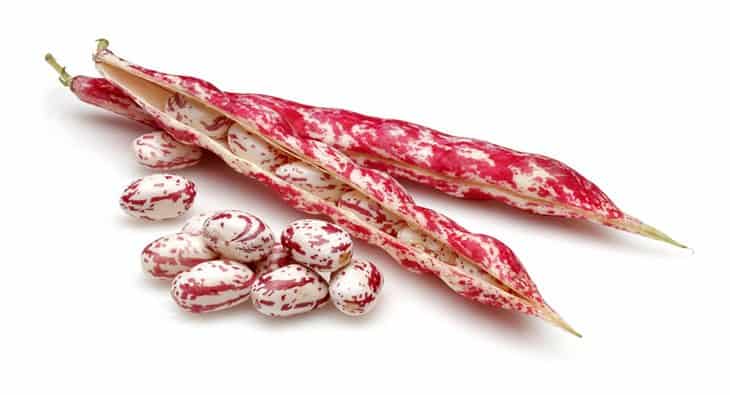
Another speckled bean type is pinto beans, but they will lose their speckles and turn reddish-brown when cooked.
These beans come with an earthy flavor and a creamy texture that’s identical to kidney beans. So, you can use them or any substitute for pinto beans whenever it calls for kidney beans.
Pinto beans can be fried or mashed and served well with salads, stews, casseroles, or wraps.
Or you can make Mexican-style pinto bean seasonings by strimming them with tomatoes, onion, garlic, chili powder, and cumin. We’re sure that your house will be invaded by an appealing smell.
These beans are incredibly nutritious since they’re an abundant source of fiber, protein, minerals, and vitamins. These nutrients lead to a significant improvement in heart health and blood sugar control.
Even better, pinto beans are rich in various antioxidants, protecting your body from free radicals. So, frequently eating pinto beans will help you fight off chronic diseases rooting from too many free radicals.
6. Borlotti Beans

Borlotti beans, also called cranberry beans, will catch your eyes at first glance with their attractive shells. There are some deeply pinkish-red lines standing out in the ivory skin. Some may mistake these beans for their relative – pinto beans. But we love cranberry beans more for their brighter shade.
Borlotti beans bring a signature nutty and chestnut-like flavor with a touch of sweetness. Their creamy consistency can replace kidney beans in some dishes, such as soups, stews, salads, and some Italian recipes like pasta.
Remember to add salt after well-cooking these beans, or they’ll become hard to digest. Keep an eye when cooking them since overcooked beans will end up a soggy texture.
All beans are abound in fiber, and cranberry beans are no exception. This element is to support digestion and cholesterol control. They are also a great source of copper and iron, which are indispensable in red blood cell formation.
7. Mung Beans
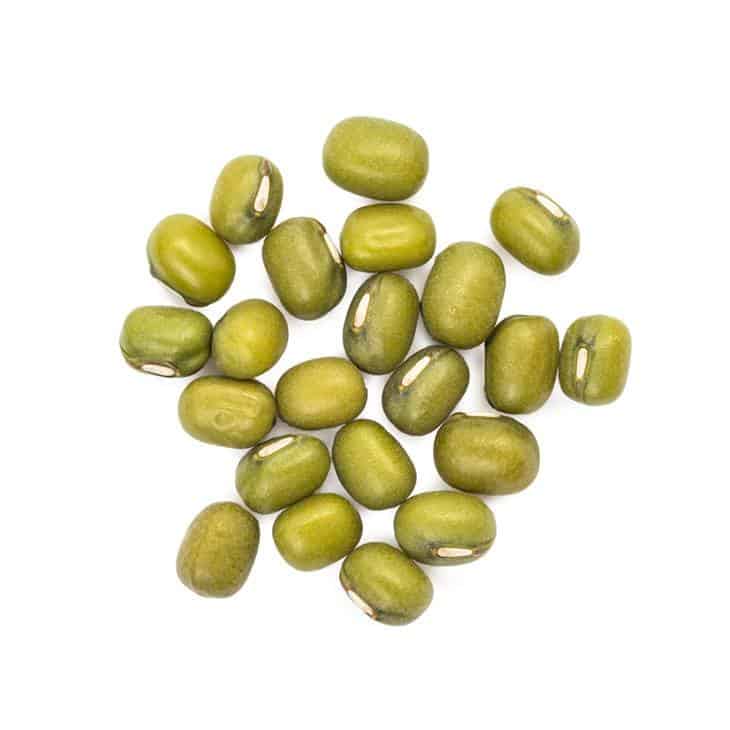
Mung beans have been cultivated for thousands of years and are a staple in many Asian cuisines. Although they don’t have the same color or shape as kidney beans, this ingredient comes with a nutty and slightly sweet taste that can please you.
You can toss them in curries, salads, stews, or soups. But we adore mung beans for their versatility, going well with savory and sweet recipes. What can be better than having a fresh mung bean sweet soup with coconut milk on a scorching day?
Mung beans deserve to be a nutritional powerhouse as they come with a ton of antioxidants. Research shows that these substances contribute to cancer and heart disease prevention.
You can also receive B vitamins from these beans, which prevent infection and boost red blood cell formation. And, of course, fiber is what you can always find in any kind of bean that benefits your digestion and cholesterol level.
8. Navy Beans
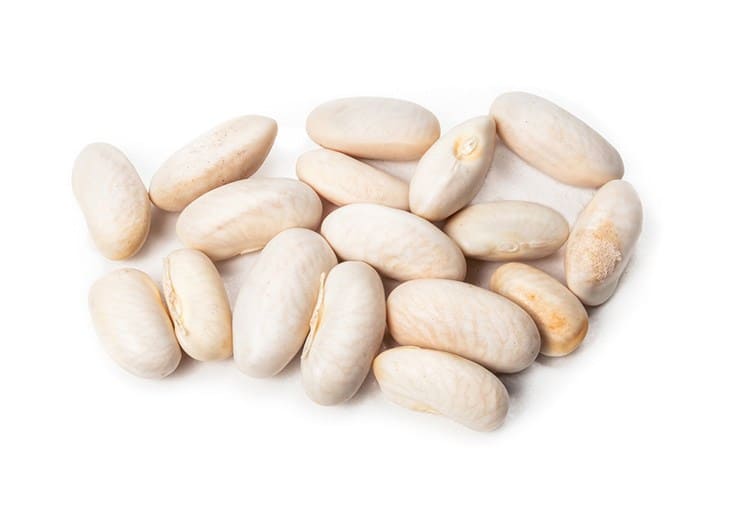
Navy is a special name for these beans. They are named Navy as they have been a staple food in the US Navy since the mid-1800s. Their white color is not to everyone’s taste, but their creamy and smooth texture definitely can imitate kidney beans.
You can come across navy beans in many dishes. Salads, soups, or stews are just to name a few. Thanks to their creamy consistency, they can pop up in sauces like tomato sauce to serve with pasta.
Like other beans, you need to soak navy beans in water for about 3 hours and cook them for at least 20 – 30 minutes to remove anti-nutritional compounds and make them easier to digest.
Navy beans are rich in protein and soluble fiber – a cholesterol-lowering property, making them a great candidate for vegetarian diets. Consuming dietary fiber can reduce the risk of type 2 diabetes and heart diseases.
What’s more, these beans are full of iron and folate. These elements are essential for red blood cell formation and boosting your overall energy.
9. Lima Beans
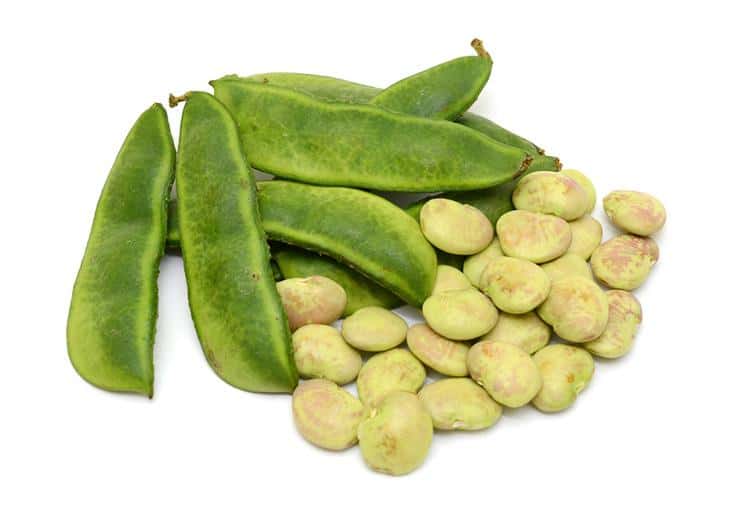
Lima beans have been a native food in Peru for over 9,000 years. We have to admit that these beans, like kidney beans, are one of the largest types. They also come with a kidney shape but are flatter and ivory-white rather than red.
Surprisingly, lima beans don’t have a beany flavor, but they offer a unique buttery taste that you can’t forget. These beans appear in soups, casseroles, stews, and we also love to include them in a beef or poultry dish.
What about a baked dish? Try Greek-style baked lima beans. No one can deny the perfect combination of creamy and buttery lima beans and tangy tomatoes on a cold, windy day.
One special thing about lima beans is their tenderness. You can reach the desired doneness for about 25 minutes on a stove without soaking time. This ingredient is ideal for busy people who frequently cook in a hurry.
Lima beans are a good companion to your heart. Their high-fiber content helps reduce cholesterol levels. Even better, they are packed with magnesium.
Consuming enough magnesium aids in regulating blood pressure. This mineral relaxes the blood vessels and lowers the strain on your heart, preventing heart attacks and strokes.
10. Chickpeas
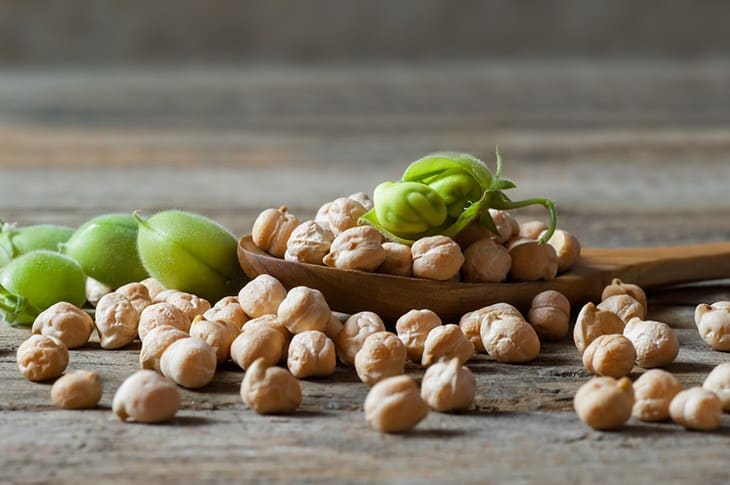
Another member of the legume family is chickpeas. They come with a round shape and beige skin. Despite no similarity in appearance, their nutty and buttery flavor can whet your appetite when replacing kidney beans with chickpeas.
Chickpeas seem to be more versatile than kidney beans. You can find them in various recipes, ranging from salads, soups, curries to stews. Not to mention, they can pair well with pasta, sandwiches, or any protein dish.
However, keep in mind that raw chickpeas can be toxic, so always cook them well to avoid unwanted incidents.
Vegans will love chickpeas for their rich plant-based protein. These peas are the main source of protein in a vegetarian meal.
We have to say that any other beans hardly beat chickpeas’ protein content. To your surprise, there are 30 grams of protein in 100 grams of chickpeas.
Apart from protein, chickpeas are full of fiber and minerals like iron and magnesium. Iron helps produce hemoglobin – a substance in red blood cells enabling them to carry oxygen to the lungs. Meanwhile, magnesium enhances blood pressure control.
11. Pigeon Peas
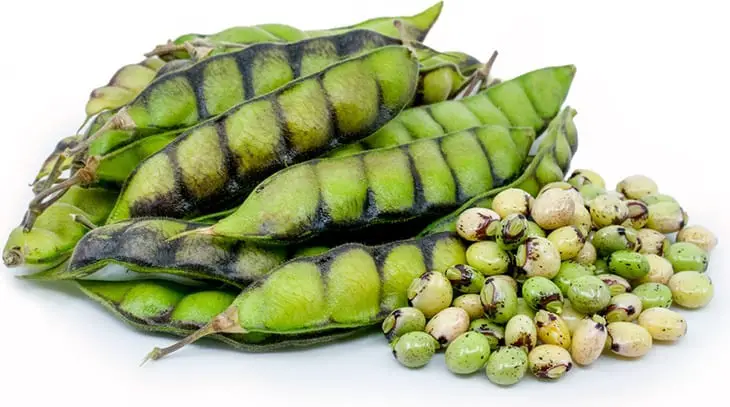
Pigeon peas are mostly cultivated in the tropical and subtropical regions of Asia. You’ll notice that they have an oval shape, and their color transforms from bright green when young to beige when mature.
These beans are nutty and slightly sweet, making them a decent kidney bean substitution in curries, soups, and stews. We also serve pigeon peas with rice, and it turns out to be a perfect match.
If you soak pigeon peas for 1 hour, they will take about 30 minutes to completely soften. But when you forget to soak them, you’ll need at least 2 hours to tenderize these peas.
It is not overrated to say that pigeon peas are a superfood, thanks to their nutrient-dense content.
Apart from dietary fiber and protein like others, these peas are an excellent source of folate, which does wonders for generating blood cells. 100g of pigeon peas can fulfill 114% of the daily amount of folate.
What’s more, they contain other minerals, such as thiamin, copper, magnesium, potassium, etc. These components contribute to your body’s growth and boost the overall energy.
12. Lentils
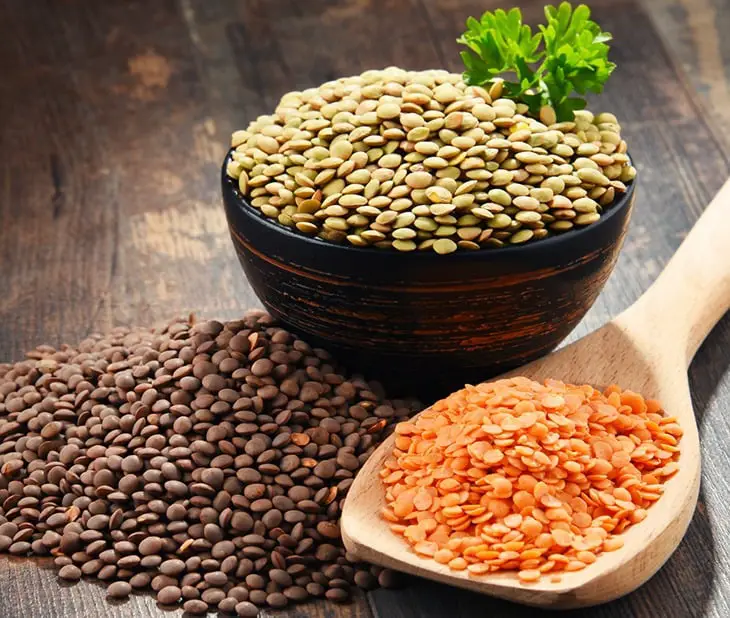
Lentils are the most colorful member of the legume family, coming with a variety of hues like green, red, yellow, brown, and black. Each of them offers a distinctive flavor, so we recommend this ingredient as a last resort to replace kidney beans when requiring a rich-fiber kick.
Lentils can pop up in soups, curries, salads, pasta, and side dishes. You don’t have to soak them in water before cooking due to their tender texture. And it is advisable to add some olive oil to enhance their nutty and earthy flavor.
Lentils also include soluble fiber, which smooths your digestion and prevents constipation. Potassium found in lentils erases the negative effects of salt and reduces blood pressure. So, having lentils in your daily diet is always a wise choice.
Frequently Asked Questions
We will help you find out the answers to some common questions, so you can better understand the benefits of kidney beans, their characteristics, and how to cook them properly.
What Are Kidney Beans And Their Health Benefits?
Kidney beans are under the umbrella of legumes, which are very common plants in cooking. As the name suggests, their shape and color resemble a kidney.
It is undeniable that kidney beans offer a strong nutritional profile. They contain folate that controls cell growth to reduce the risk of cancer. Thanks to their low-fat and low-glycemic content, kidney beans become a healthy diet for diabetes and weight loss.
Also, there are many amino acids, including tryptophan, which contribute to the melatonin transformation. Melatonin is an essential hormone for sound sleep.
Are Kidney Beans And Red Beans The Same?
The answer is a No. The only similarity between them is their legume origin. Even its color displays a different hint. While kidney beans have a darker red, red beans are brighter and somewhat pinkish.
The main distinction between the two is their shape. Red beans are much rounder and smaller, but kidney beans are known as one of the largest beans and come in a kidney shape.
How To Cook Canned Kidney Beans?
We prefer canned beans to dried ones for their convenience. So, today we’ll show you some tips to cook canned kidney beans.
Actually, canned kidney beans are ready to eat right out of the box. But of course, cooking them can level up their flavor.
First, drain the beans and rinse them under running water to get rid of the canning liquid. This step is to reduce its saltiness. Then, cook them in a saucepan with ½ cup of water under medium heat.
Add some fat like butter or oil plus some herbs and spices like onion powder or garlic powder. These seasonings can enhance the beans’ flavor. Keep heating the mixture for about 20-30 minutes.
Conclusion
Kidney beans are a great companion to our health, and they appear in many recipes. Don’t worry if you can’t find any for your meal.
Above are 12 ingredients to substitute for kidney beans, coming with their health benefits and recipes. Selecting a suitable replacement depends on your favorite taste.
As long as that ingredient does not harm you, it is up to you to make a new dish with some tweaks to the recipe. Time to try and satisfy your passion for cooking!

